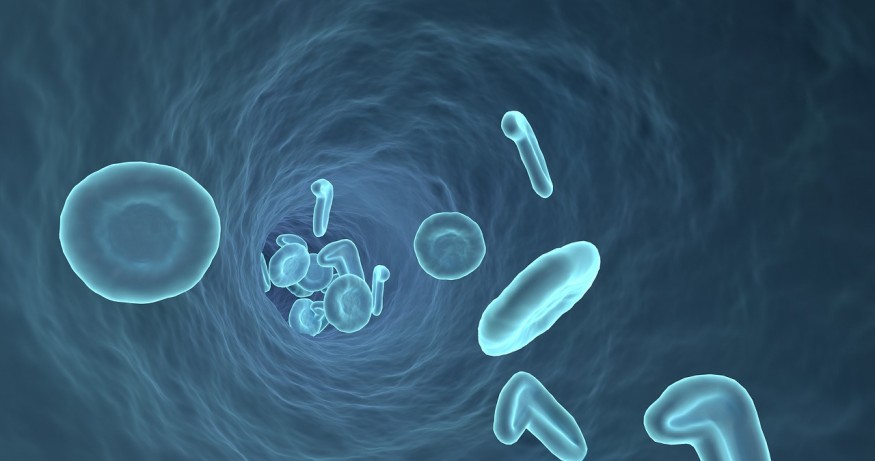The Fugate family is from Troublesome Creek, Kentucky, where regular inbreeding with relatives is common due to the members living in an isolated community. The family has a rare genetic condition that turned the skin into blue after generations of incest and passed it down to their offspring.
The condition is known as methemoglobinemia, which is a blood disorder that occurs when little oxygen is delivered to the cells. When the body produces more methemoglobin, a type of hemoglobin that does not release oxygen into the cells, it leads to insufficient oxygen in cells and therefore causes blue discoloration. The disorder could be either an acquired or a congenital condition.

The Blue Family From Kentucky
The Fugate family's story began in 1820 when Martin Fugate and his wife Elizabeth Smart decided to settle in the remote area of Appalachia in Perry County, Kentucky, news.com.au reported. Both of them are carriers of an incredibly unusual genetic defect that results in blue skin in their offspring or also known as methemoglobinemia.
The blood disorder can only affect 0.035% of the population worldwide. Since both carried the recessive gene, four of their seven children were born with blue skin.
The recessive trait would not have affected future generations if not for the incest that happened. Due to living in such an isolated community, the family had limited options and mostly married their cousins. They interbred with the Combs, the Richies, the Smiths, and the Stacys.
One of their sons, named Zacharia, married his own aunt and their sons also married a close cousin. Those incest marriages resulted in the recessive gene being passed down to the next generation.
Luna Fugate was considered to be the bluest family member of the Fugates family, with lips described as dark as a bruise. She married John Stacy in the late 19th century and had 13 children.
Aside from their blue color, those in the Fugates family with blue complexion lived healthy lives despite the fact that methemoglobinemia is a condition that can cause developmental disorders and seizures. Luna herself lived until she was 84 years old.
ALSO READ: Blood Biomarkers Linked to a Range of Mental Health Disorders
Methylene Could Somehow Improve Their Blue Appearance
Hematologist Dr. Madison Cawein from the University of Kentucky immediately became interested in the family's unusual story and set out to find the Fugate family. According to The Daily Mirror, he set off to track them in the 1960s and was able to meet some of the surviving Fugate family to assess their condition.
He noted that the family's blood lacked a key enzyme that caused the blue color on their skin. He tried to inject them with the blue dye methylene to see if it would make a difference.
Remarkably, the blue discoloration of their skin disappeared after a few days and only lasted for a couple of days. Dr. Cawein encouraged them to take methylene tablets daily to help with their condition.
Unfortunately, their blue skin has become a stigma associated with generations of incest. As a result, they withdrew even more and would not come to any doctor's appointment. For the past half-century, the children have married outside the family and the blue gene also disappeared.
The last known Fugate with blue skin was born in 1975. When Benjamin "Benjy" Stacy was born, the nurses panicked due to his color and rushed him to the hospital for an emergency blood transfusion. However, his grandmother explained their family's condition. The blue color, later on, disappeared from his skin, although his nails would still turn purple when he was angry or cold.
RELATED ARTICLE: Changes in Blood Vessels in the Retina Linked to Risk of Heart Disease, Study Suggests
Check out more news and information on Medicine and Health in Science Times.
© 2026 ScienceTimes.com All rights reserved. Do not reproduce without permission. The window to the world of Science Times.










